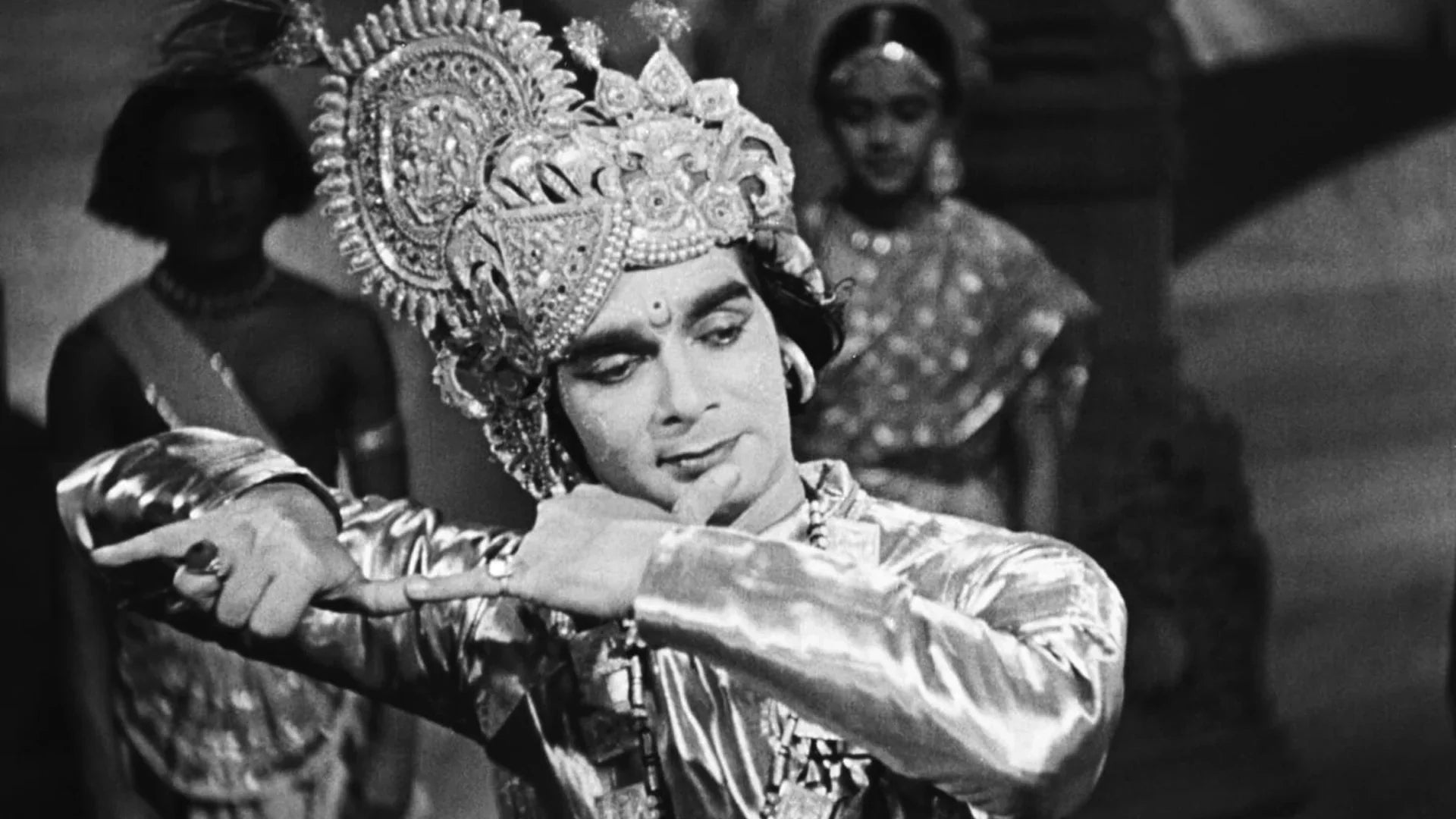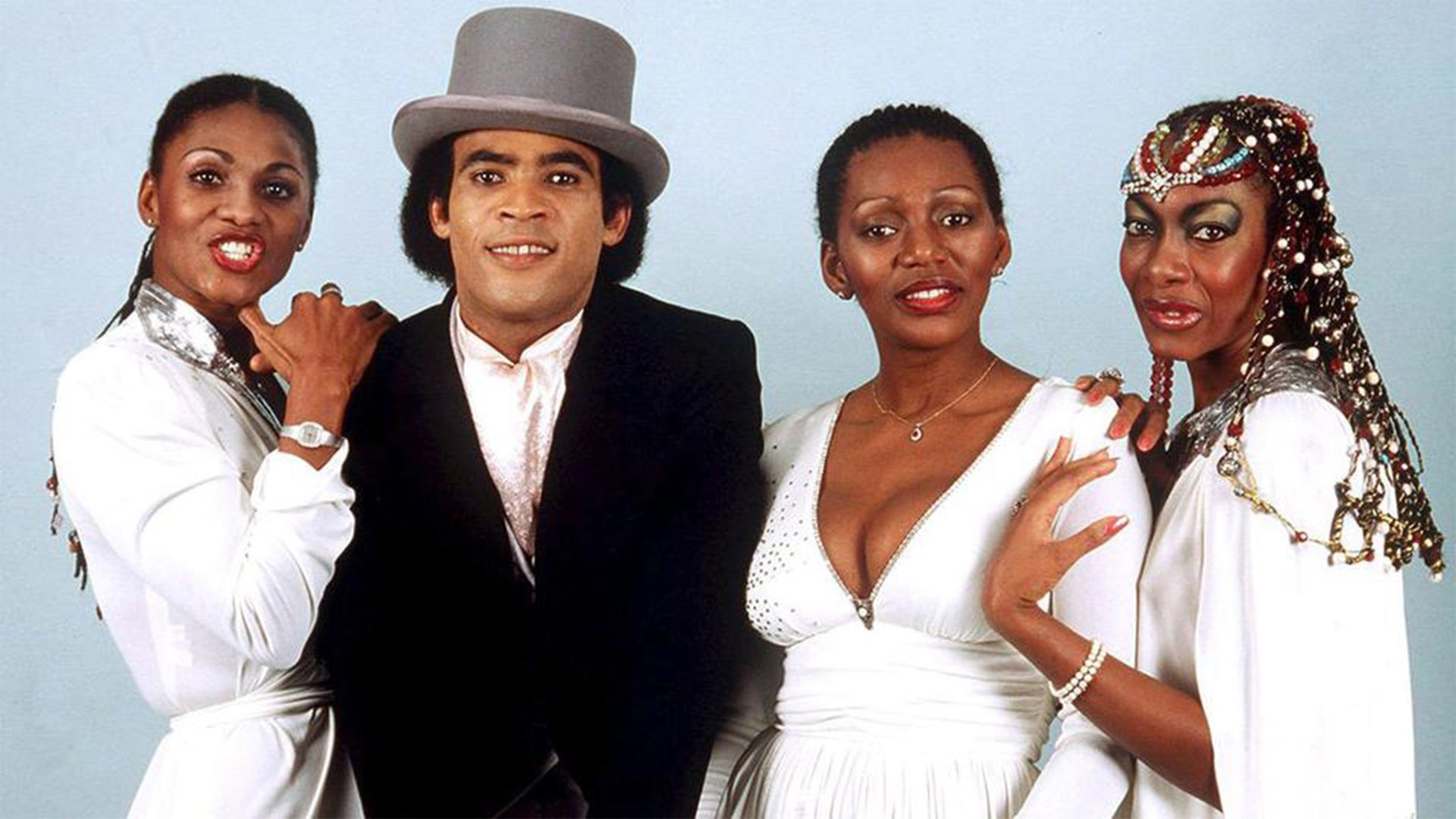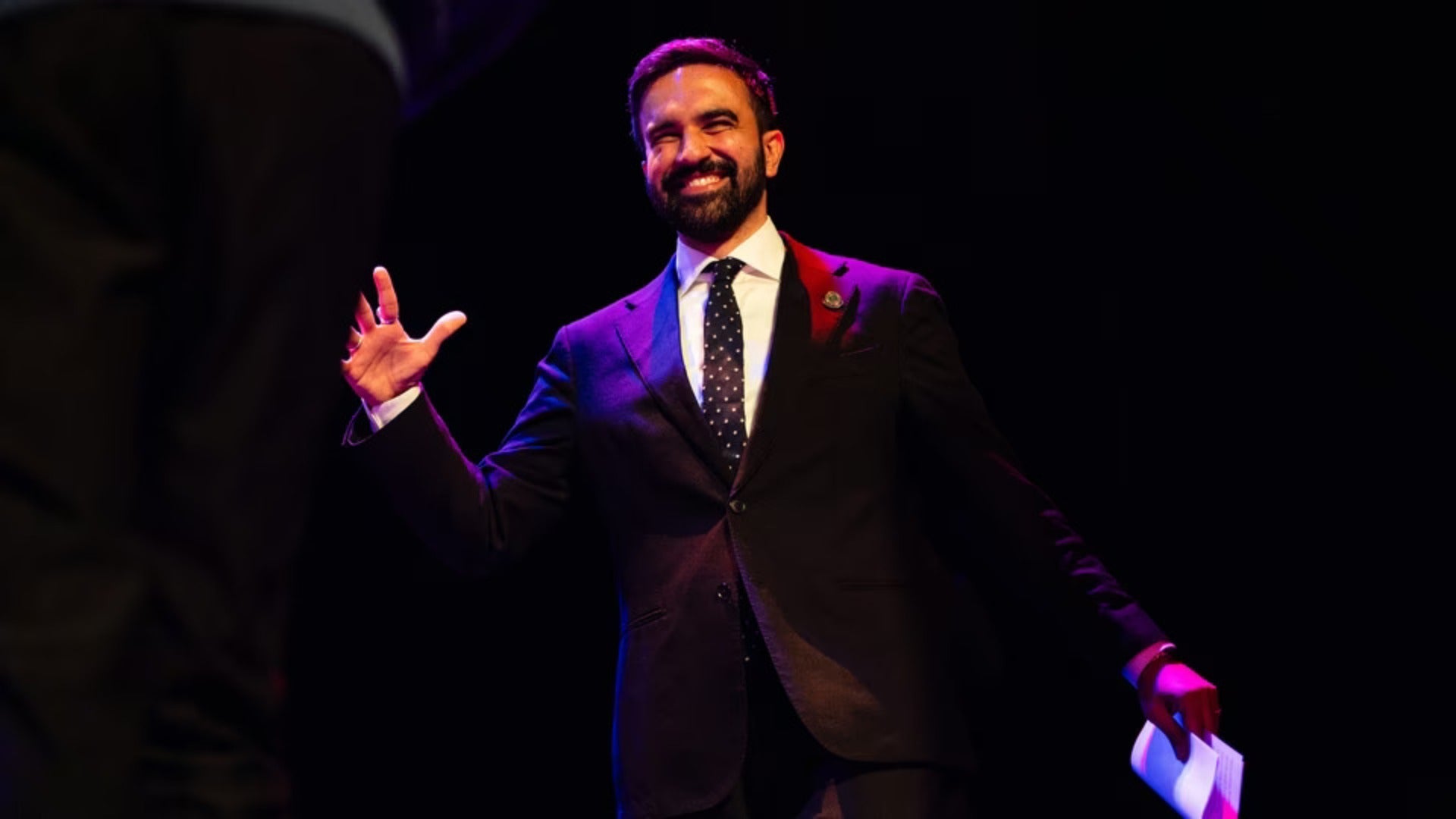How Uday Shankar's 'Kalpana' Became India's Most Ambitious and Misunderstood Film

Uday Shankar, a pioneer who reshaped Indian dance by blending classical, folk, and modern influences, brought his radical artistic vision to cinema with Kalpana - his first and only film.
Back when contemporary dance wasn’t even a concept, he was already breaking boundaries—blending classical Indian forms with free movement, abstract sound, and intricate choreography to reflect the issues of his time.
It was this same spirit of reinvention that led him to cinema. Released in 1948, Kalpana landed in an industry that had little space for it. Indian cinema was evolving rapidly, relying heavily on dramatic social films or grand mythological tales.
Kalpana was unlike anything that had come before. Films hadn’t explored these ideas to this extent—especially just a year after breaking free from colonial rule. But, critics saw it as abstract and inaccessible; while the masses largely ignored it.
The film follows Udayan (played by Shankar himself), a young dancer who imagines a utopian world where art is the foundation of society. Kalpana was the first film to present an Indian classical dancer in the leading role, and was entirely shot as a dance ballet and a fantasy.
Tamil actress and dancer Lakshmikantham played Kamini. A young Padmini, just 16 at the time, appeared in the film alongside her sister Lalitha. Tamil dancer and actress Yoga, of the Yoga-Mangalam sisters, was credited as “Yogam,” while actress P. K. Saraswathi also took on a dancing role. Actor Gopal Rao, previously seen in Thyaga Bhoomi (1939), had a small role, and the film also marked the screen debut of Usha Kiran who would go on to have a significant career in Indian cinema.

With little industry support, Shankar financed most of the film himself. Through a series of surreal, hypnotic sequences, Kalpana critiques capitalism, colonial exploitation, industrial greed, and the social stagnation of India at the time.
For years, Kalpana remained overlooked; but with its restoration by Martin Scorsese’s World Cinema Project, the film has found new audiences who recognize it as a landmark in Indian and world cinema. The restored film was released in home video format by the Criterion Collection.



